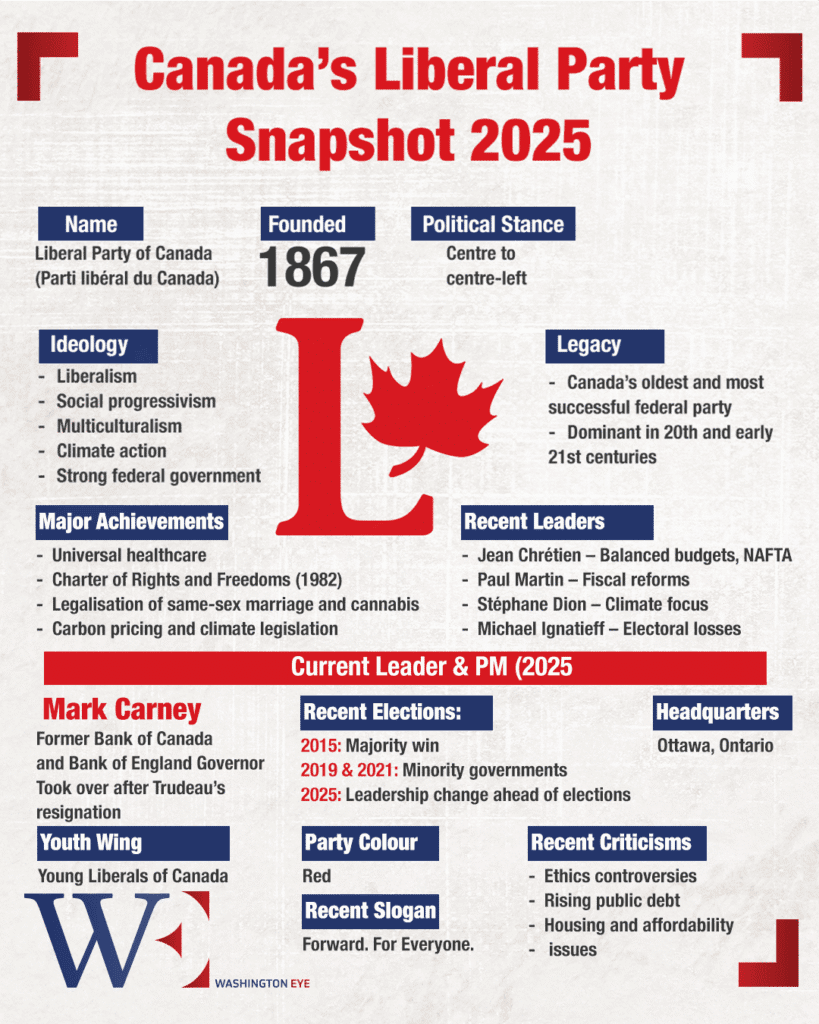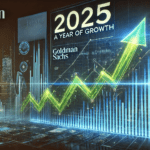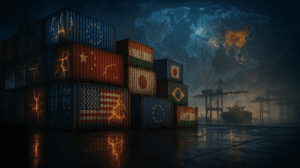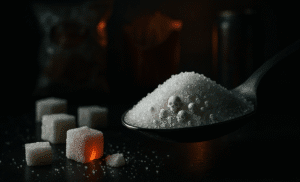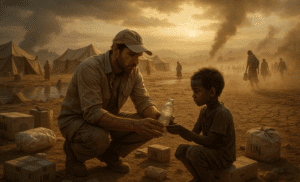In a historic political comeback, Canada’s Liberal Party has secured its fourth consecutive federal election victory on 28th April, 2025. The triumph comes after a turbulent year marked by declining popularity, leadership transition, and international political tensions. Despite the win, the new Liberal government is already facing mounting public pressure and an unforgiving political climate, leaving little room for a traditional honeymoon period.
Led by newly appointed party leader and former Bank of Canada and Bank of England governor Mark Carney, the Liberals won 155 seats in the House of Commons — enough to form a minority government. This marks a modest gain over the 2021 and 2019 results, but still falls short of the 170 needed for a majority.
The election result comes just months after the resignation of Prime Minister Justin Trudeau, whose leadership had become increasingly unpopular due to inflation, housing affordability issues, and internal party fatigue. Polls earlier this year showed the Liberals trailing the Conservative Party by over 20 points.
Carney’s Ascent and Policy Shifts
Mark Carney’s elevation to party leadership reinvigorated the Liberal campaign. With a reputation for fiscal prudence and global economic experience, Carney was seen as a steady hand capable of steering the party through troubled waters. One of his first moves was to scrap the controversial national carbon tax — a policy that had both defined and divided Trudeau’s environmental legacy.
Carney promised to maintain Canada’s commitment to climate change mitigation through alternative means, including stricter clean energy standards and green innovation investments. But his decision to eliminate the tax has sparked criticism from environmental groups, who argue it was one of the most effective tools in reducing emissions while redistributing income through household rebates.
The Trump Effect
A surprising boost to the Liberal campaign came from beyond Canada’s borders. Statements from former U.S. President Donald Trump — who is running for re-election — stirred nationalist sentiment across Canada. Trump’s threats to impose new tariffs on Canadian goods and his provocative suggestion that “Canada might be better off as part of the United States” deeply alarmed many Canadians.
Conservative leader Pierre Poilievre, whose populist rhetoric closely echoed Trump’s, found himself increasingly out of sync with Canadian voters. In a shocking personal defeat, Poilievre lost his own seat, signaling a possible leadership crisis for the Conservative Party.
“The Trump effect galvanized Canadians in unexpected ways,” political analyst Jennifer McKenna told *The Globe and Mail*. “Carney positioned himself as the defender of Canadian sovereignty, stability, and rational governance — and it worked.”
Economic and International Challenges
Despite the electoral win, the new Liberal administration enters office under immense pressure. Canada’s economy is struggling with high inflation, stagnant wage growth, and an acute housing crisis in major cities like Toronto and Vancouver.
Carney has proposed an ambitious plan to reduce Canada’s economic dependence on the U.S. by expanding trade with Europe and Asia. However, economists warn that decoupling from the world’s largest economy — with which Canada shares more than $900 billion in annual trade — will be a complex and long-term endeavor.
“The idea of diversifying trade is not new, but doing so effectively requires massive investment, policy reform, and years of negotiation,” said Dr. Anika Sharma, professor of international economics at the University of British Columbia.
No Grace Period
Unlike previous new governments, Carney’s Liberals are not being granted a political grace period. Public trust remains fragile, especially after a series of ethics scandals and unfulfilled promises under Trudeau’s leadership. Voters have made it clear: they expect swift and meaningful results.
In his victory speech on Monday night, Carney acknowledged the challenges ahead. “We have earned another chance — but we do not take your trust for granted,” he told a crowd of supporters in Ottawa. “We will work every day to build a stronger, fairer, more independent Canada.”
With expectations high and patience low, the coming months will test the Liberals’ ability to deliver on key issues: economic reform, housing affordability, climate adaptation, and diplomatic resilience. Carney’s technocratic image and international stature may provide stability — but the political climate demands more than calm leadership. It demands swift, strategic action.
As Canada enters this new chapter, the country finds itself at a political crossroads. Whether the fourth term of the Liberals becomes a turning point or a missed opportunity will depend on how quickly and effectively the Carney government can translate its narrow mandate into tangible progress.
Comparison of Canadian Federal Elections: 2019, 2021, and 2025
This document provides a comprehensive comparison of the key statistics and trends from the 2019, 2021, and 2025 Canadian federal elections. It highlights seat distribution, voter turnout, key issues, and the overall political landscape during each election cycle.
| Category | 2025 Election | 2021 Election | 2019 Election | Notes |
| Election Date | April 28, 2025 | September 20, 2021 | October 21, 2019 | Dates of the three federal elections |
| Winning Party | Liberal Party of Canada | Liberal Party of Canada | Liberal Party of Canada | Same party won in all three elections |
| Leader (Liberals) | Mark Carney (new) | Justin Trudeau | Justin Trudeau | Trudeau was replaced by Carney in 2025 |
| Seats Won (Liberals) | 155 | 160 | 157 | Slight drop for Liberals in 2025 |
| Seats Won (Conservatives) | 115 | 119 | 121 | Conservatives lost support in urban ridings in 2025 |
| Seats Won (NDP) | 30 | 24 | 24 | NDP saw a slight increase in 2025 |
| Seats Won (Bloc Québécois) | 32 | 32 | 32 | Bloc Québécois remained stable in all elections |
| Seats Won (Green Party) | 3 | 3 | 3 | Green Party maintained its seat count |
| Seats Won (People’s Party) | 0 | 0 | 0 | People’s Party did not secure any seats |
| Seats Won (Other Parties) | 1 | 1 | 1 | Other minor parties retained a seat each |
| Total Seats in Parliament | 338 | 338 | 338 | Total seats in the House of Commons |
| Majority Threshold | 170 | 170 | 170 | Majority seat count required to form a government |
| Voter Turnout | ~65% | ~62% | ~67% | Voter turnout was lowest in 2021, with a slight increase in 2025 |
| Key Issues | Economy, housing, U.S. relations, inflation | COVID-19 recovery, climate change, economy | Climate change, economy, immigration | The issues evolved with the changing global and domestic situation |
| Economic Context | Inflation, housing crisis, interest rates | Post-pandemic recovery, high unemployment | Economic growth, trade tensions | The economic issues varied, but inflation was a key factor in 2025 |
| Environmental Focus | Green energy policies, carbon tax scrapped | Strong focus on carbon pricing, climate action | Emphasis on clean energy investment | Environmental policies shifted, with the scrapping of carbon tax in 2025 |
| Political Climate | Leadership change (Carney), divided government | Trudeau facing criticism, minority government | Trudeau’s first majority government | Political dynamics shifted with Carney replacing Trudeau in 2025 |
| International Relations Focus | Tension with U.S., need for diversification | Global vaccine distribution, U.S. relations | NAFTA renegotiations, trade deals | International relations were heavily influenced by U.S. tensions in 2025 |
| Key Voter Shifts | Urban ridings favoring Liberals, loss of Conservative support | Support for Liberals remained steady despite COVID crisis | Liberals gain ground in suburban areas | Voter support shifted more towards urban areas in 2025 |
